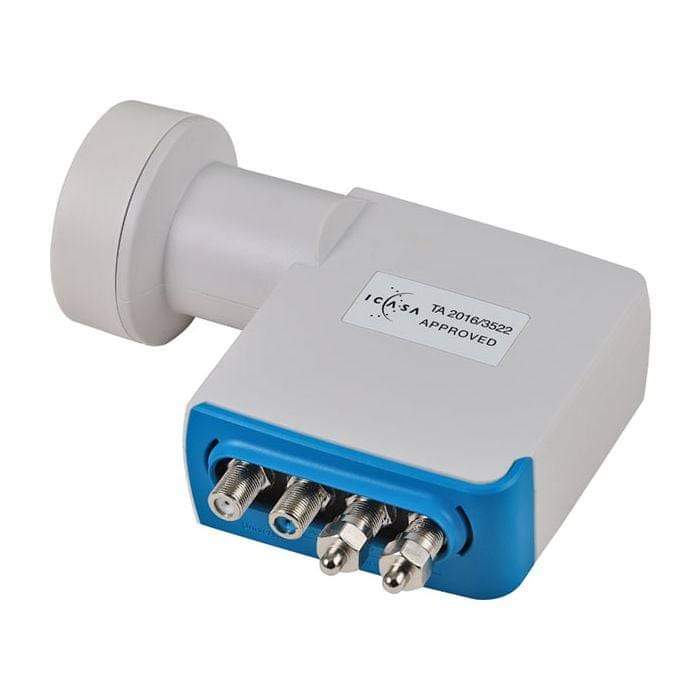Introduction
In the world of satellite television, the Low-Noise Block (LNB) is an essential component that ensures you receive a clear and uninterrupted signal. For DStv users, understanding the function of an LNB, recognizing the signs that it needs replacement, and knowing the benefits of upgrading can help maintain a top-notch viewing experience. This guide covers everything you need to know about LNB replacements.
What is an LNB and Its Function?

An LNB, or Low-Noise Block, is a device mounted on your satellite dish that receives the signal from the satellite, amplifies it, and converts it to a lower frequency for transmission via coaxial cable to your DStv decoder. This process ensures that the signal is strong enough to be processed and displayed on your television .
Signs That Your LNB Needs Replacement
- Signal Loss or Interference: Frequent signal interruptions or loss of channels can indicate that your LNB is failing.
- Weather Damage: Exposure to harsh weather conditions over time can degrade the LNB’s performance.
- Physical Damage: Visible cracks, rust, or other physical damage to the LNB.
- Outdated Technology: Older LNB models may not support newer, higher-definition broadcasts, affecting picture quality .
Benefits of Upgrading to a New LNB
- Enhanced Signal Strength: Modern LNBs offer better amplification, ensuring a stronger and more stable signal.
- Improved Picture Quality: Newer LNBs support higher definition broadcasts, providing a clearer and sharper picture.
- Increased Reliability: Upgraded LNBs are designed to be more resilient to weather conditions, reducing the likelihood of signal loss during storms.
- Compatibility with New Technology: Upgrading ensures compatibility with the latest satellite technology and future-proofs your setup .
How to Replace Your LNB
- Turn Off Your Decoder: Before starting, ensure your DStv decoder is switched off.
- Remove the Old LNB: Carefully unscrew and detach the old LNB from the satellite dish arm.
- Install the New LNB: Attach the new LNB, making sure it is securely fastened and properly aligned to the satellite.
- Reconnect the Cables: Connect the coaxial cables to the new LNB.
- Test the Signal: Turn on your decoder and check the signal strength. Adjust the alignment if necessary .
Conclusion
Regular maintenance and timely replacement of your LNB can significantly enhance your DStv viewing experience. By understanding when and why to replace your LNB, you can enjoy uninterrupted, high-quality satellite television.
